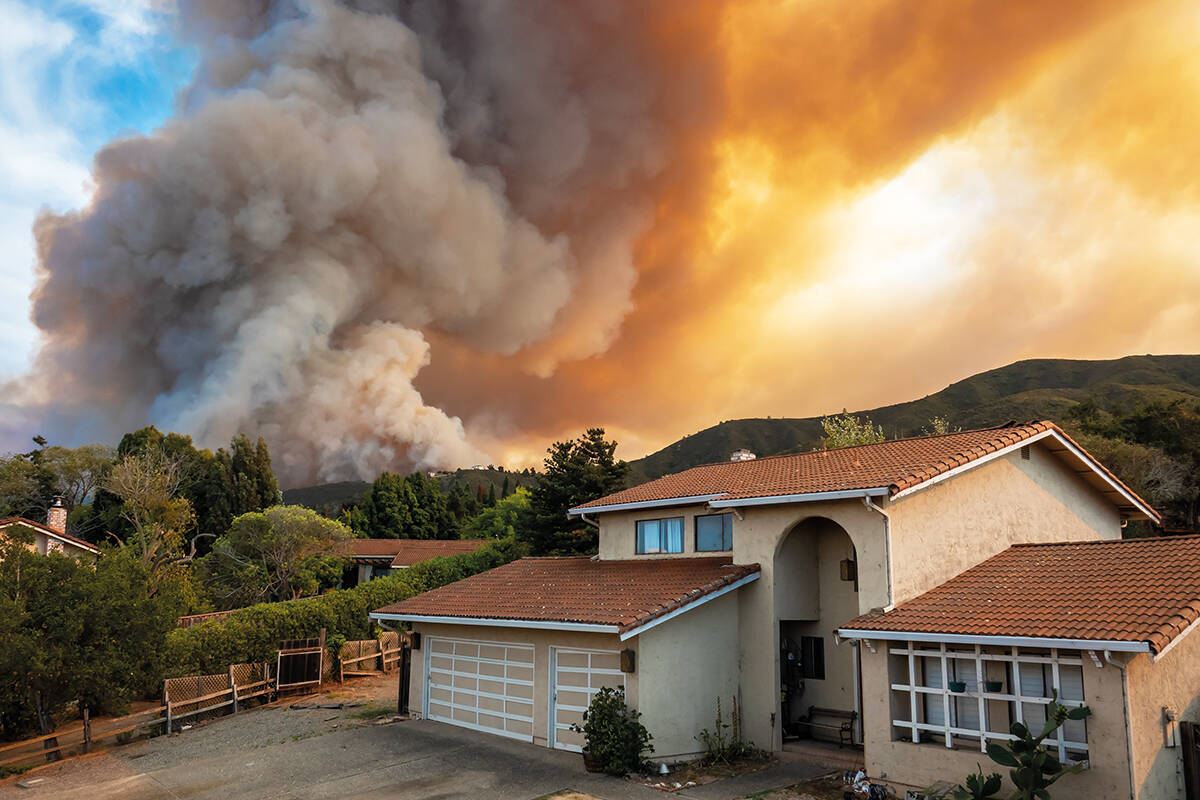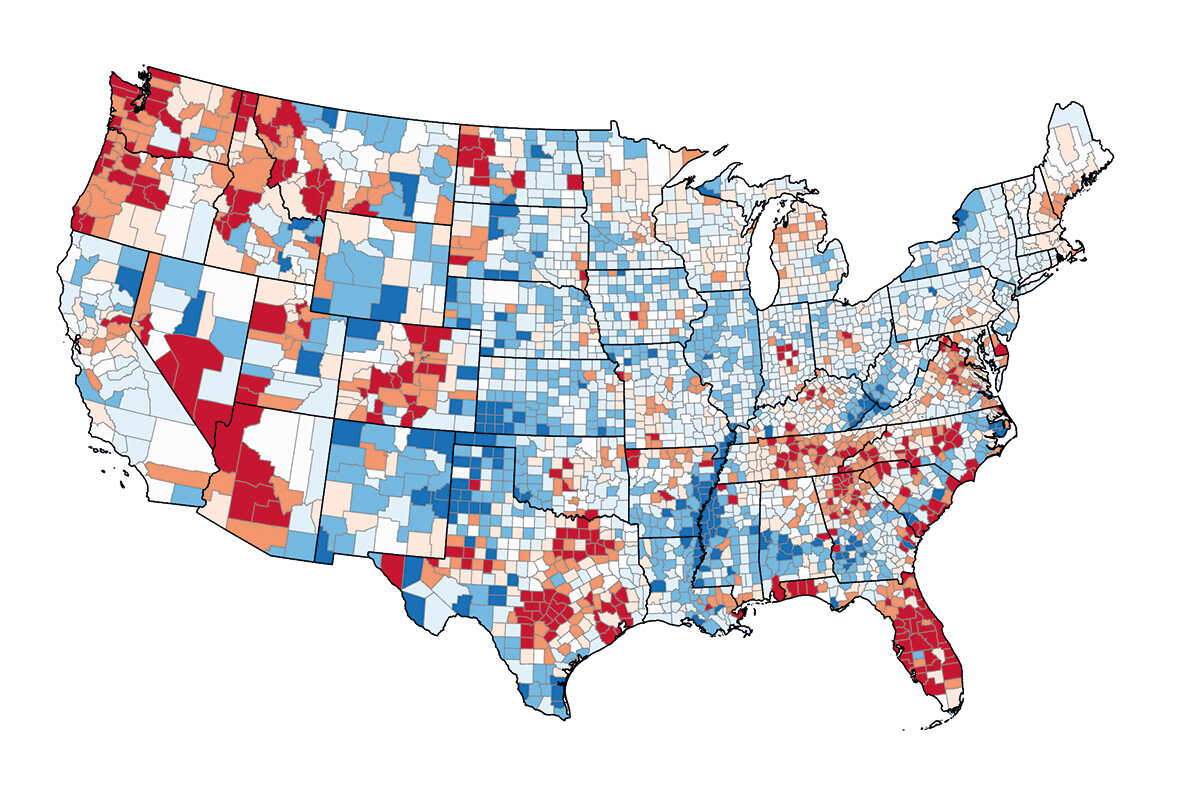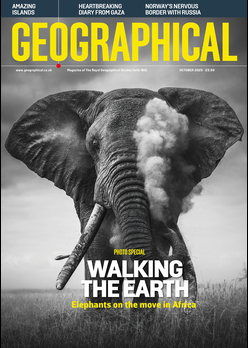
Despite the growing risk of wildfires, more and more Americans are moving into harm’s way
Across the USA, wildfires are growing larger and more destructive as the climate continues to warm. Yet more Americans are moving to the most fire-prone parts of the country than are leaving them.
A variety of factors may influence where and why people choose to move. A lower cost of living, the number of jobs, a warmer local climate and easy access to nature can all be a draw. Two years ago, Mahalia Clark, a graduate research fellow at the University of Vermont, was conducting research into natural amenities – environmental features, such as forests and lakes, that might attract new homeowners. But as more and more headlines exposed the devastating heatwaves, hurricanes and wildfires across the country, she began to wonder how these natural hazards might be influencing American migration.
Pulling together data from the previous decade (2010-2020), Clark and her colleagues found that many Americans were moving away from states in the Midwest and the Great Plains, often those hit hardest by hurricanes. Meanwhile, the country’s top migration destinations – namely cities and suburbs in the Pacific Northwest and various states across the South – all face significant risks from wildfires and urban heat. ‘That’s going to become problematic as fires and heatwaves continue to get more frequent and more intense,’ says Clark.
For some, she suggests, decades of living with hurricanes might outweigh other potential risks. ‘It does feel like we’re been slammed with hurricane after hurricane for a longer time. The devastation they cause also affects a much larger region – when people evacuate they have to go that bit further away, and they might not come back.’ In a recent report, finance company CoreLogic revealed that while wildfires impacted 4,101 homes in 2021, causing US$1.46 billion in damage, hurricanes were responsible for US$33 billion of damage to 1,233,860 homes.

Clark also thinks that, in many cases, people simply aren’t well-educated about the risks. Part of the problem is that while dangerous wildfires were once associated with western US states, they’re now becoming a problem nationwide. Newcomers to a fire-prone area may not even understand the impact of wildfire smoke on their health and daily life. ‘Incorporating that kind of information into real estate listings is a good way to inform people who are making decisions about where to live.’
Sometimes though, it could just be that the longer-term risks associated with climate change aren’t a priority. In Florida, a state that also has a history of both hurricanes and wildfires, most coastal properties for sale now come with future flood risk details. That knowledge isn’t stopping buyers, however, and coastal property prices in flood-risk areas are rising in other countries, such as Australia and the UK, too.
The answer isn’t as simple as advising people not to move to more at-risk states. ‘That’s just not realistic,’ says Clark. ‘However, within a county, there’s still a huge amount of variation in the level of risk between a city centre and a housing development on the outskirts where people are right up against a forest full of flammable material.’ There’s also more that local governments and developers can do to highlight any wildfire risks and the measures homeowners can take to protect themselves, especially when most wildfires are sparked by human activity. ‘It’s not just that people are moving into harm’s way,’ says Clark, ‘they’re actually increasing the risk of wildfires.’




